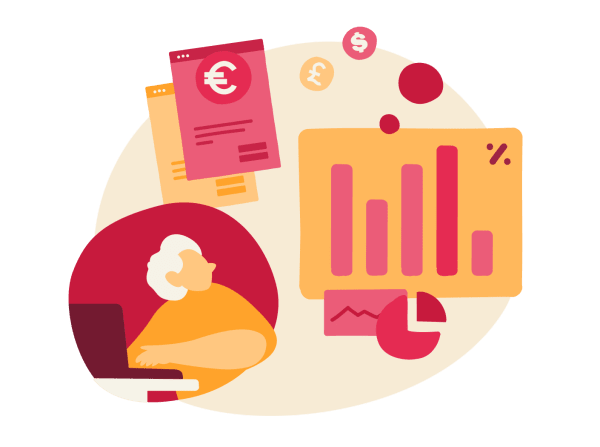Introduction
In some companies, payroll is part of the human resources (HR) organization. Others manage the two functions separately. Smaller organizations may have only one person managing all things payroll and HR.
“Despite the close alignment of HR and payroll strategies, only 58 percent of companies with a payroll function reporting to HR have a formal strategy in place, as compared to 78 percent with payroll reporting to finance,” according to EY.
“Reporting alignment can have a significant impact on the implementation of key payroll decisions. Often, payroll choices fall in line with the governing function to which payroll reports, swaying the strategic direction of operations significantly. Similarly, competing or related priorities may hinder or benefit the timing and pace in which payroll initiatives are implemented. Perhaps this explains one interesting 2019 survey result: while 57 percent of respondents report to HR, only 49 percent actually believe payroll should report to HR.”
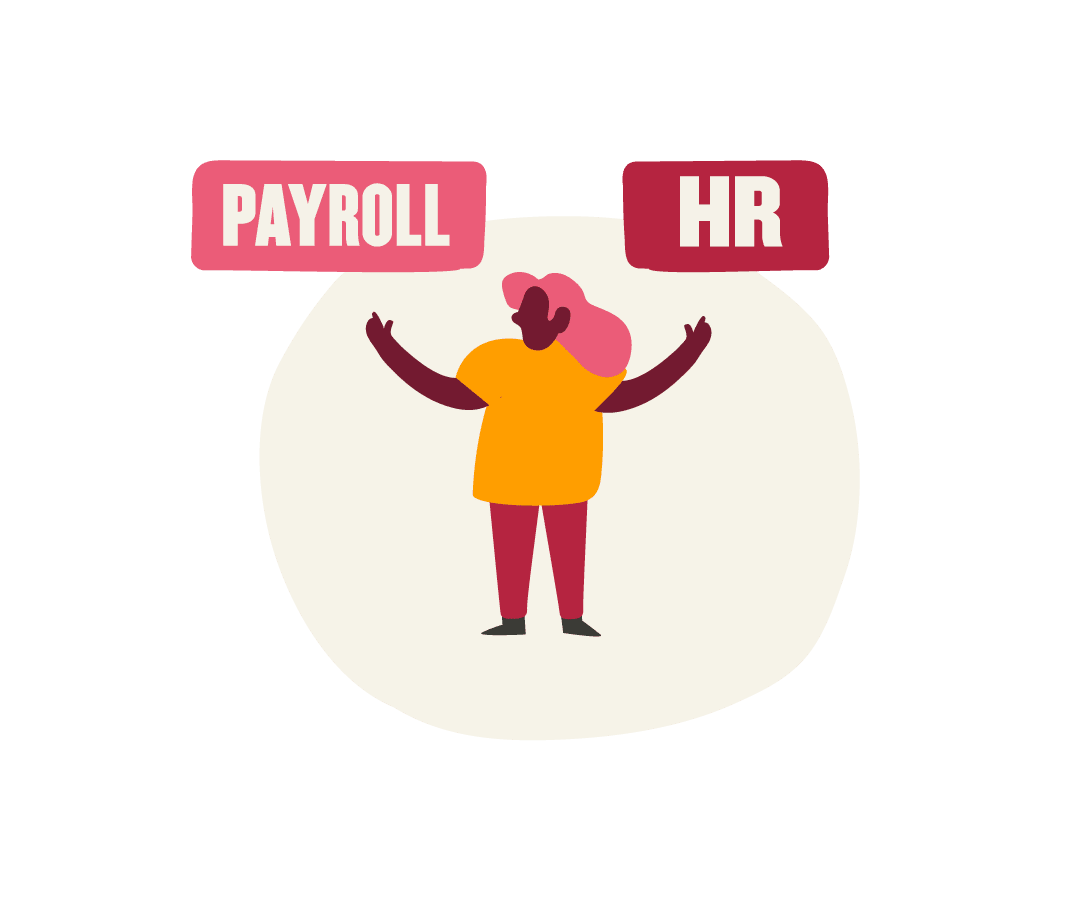
Regardless of the structure within an organization, we can’t ignore that these two functions are closely tied together. Many organizations have started to look to technology to bridge the gap between payroll and HR.
For modern, mid-sized companies, the approach to payroll and HR technology typically falls into one of three approaches.
Payroll software serves as an HRIS
Every organization needs to pay its people. And, because it is so essential to the successful operation of every business, payroll software is often at the top of the list for leaders considering what HR systems to invest in. Due to its essential role, many people believe their payroll software can function as a complete HRIS. They quickly realize that while payroll software hits the mark for managing and processing payroll, it doesn’t offer the necessary and core functionalities that an HRIS provides and that organizations need if they plan to engage their people.
There are two disparate HR technologies: one for payroll and one for HR
If organizations use an HRIS to manage their people strategy and use a payroll system to process payroll, that works. However, these two systems should not work in silos. Many factors change from one payroll cycle to the next—organizations may have hired new people, other people may have left, and salaries can change within a single cycle. Add changes in address, dependents, marital status, bank accounts, and local tax updates and the complexity soars. When HR and payroll systems are separate, the likelihood of errors and issues skyrockets.
The HRIS integrates with payroll software
When payroll software integrates with an HRIS, organizations can streamline payroll and HR processes so no one wastes time entering the same data twice. It’s also easier to offer people access to their personal data for self-service updates, like changing their address, entering new bank details, or adding dependents to their health plan. The integration also makes it easy to ensure payroll records are updated as soon as someone is hired, leaves the organization, receives a promotion, or uses their paid time off.
Payroll is time-consuming, and no two payroll cycles are the same. One thing is clear: HR and payroll both require the best delivery methods possible.
Companies need complementary strategies that enable organizational success. According to a survey from EY, “60 percent of respondents indicated they agreed or strongly agreed that a truly global payroll delivery model would bring significant benefits to their organization.”
However your company manages payroll, it’s responsible for ensuring that all its people get paid the right amount at the right time.
Errors and payroll don’t mix
Ensuring compliance with legislative changes is an essential role that payroll plays in an organization. Inaccurate pay can put a company at legal and reputational risk. In 2020, the IRS assessed about $6 billion in employer penalties.
It’s not just about penalties. Payroll issues also hurt HR priorities such as employee engagement and retention. People on your payroll may be facing unknown financial struggles, and when their pay is wrong or late, it’s a crisis, as pay errors can cause people severe stress.
“For many people, their perceived worth is often tied to their pay,” an HR leader told the Society for Human Resource Management (SHRM). “It’s a quantifiable measure, and the societal expectation is that the more we are worth to a company, the more we should be getting paid, and the more experience we gain, the greater our worth will be. So even when a small issue happens, it’s often tied to a much deeper meaning within an employee, regarding their worth.”
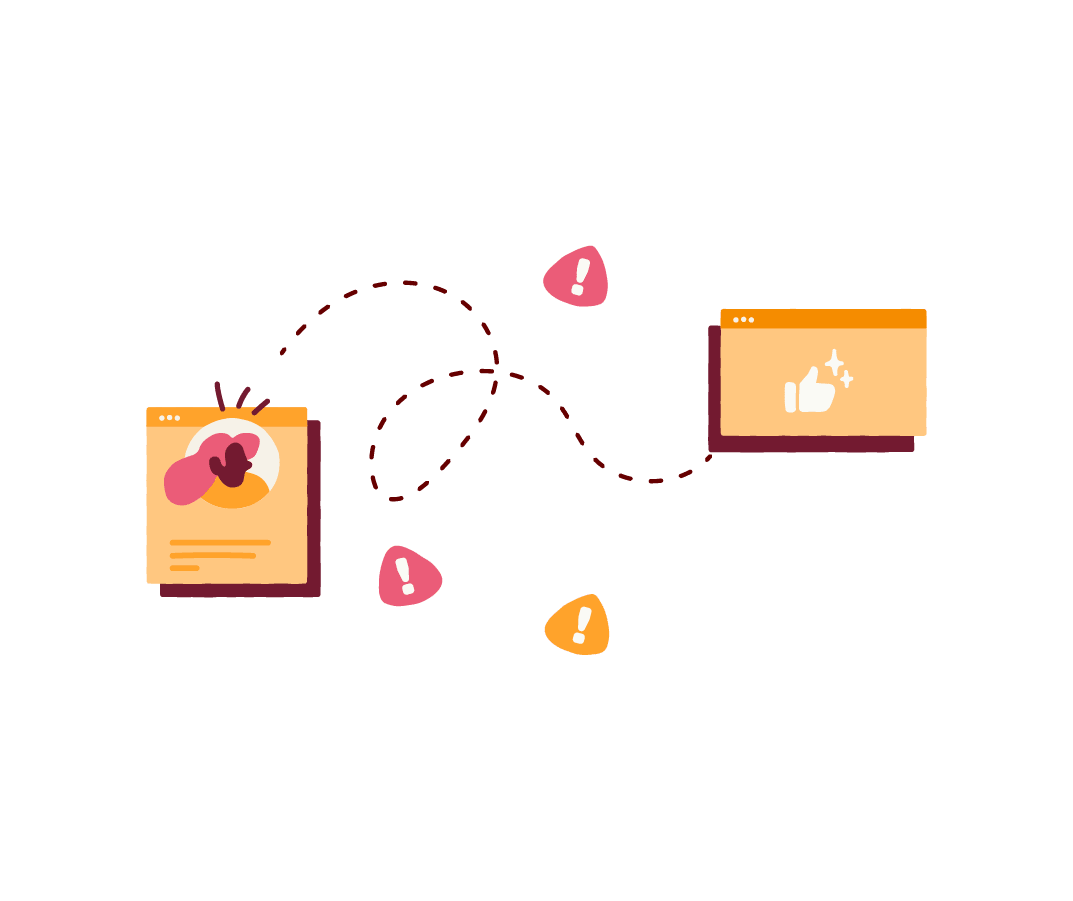
Surprisingly, according to the State of Payroll Study, 50 percent of payroll professionals said they don’t track key performance indicators (KPIs). Without data or KPIs, these professionals likely don’t know where to start when it comes to addressing pay-related issues. To avoid paying regulatory fines and losing people because of pay-related errors, HR and payroll must work together to track and measure KPIs. These metrics can help highlight any issues before they become serious problems.
Which metrics and data impact payroll the most
HR professionals know that payroll—and the data associated with getting people accurately paid—is essential. There are key data points that HR and payroll share, including:
- Legal names and date of birth for employees
- Employee addresses
- Marital status and number of dependents
- Salary and compensation data
- Bank information
- Time and attendance management
- Performance records
To collaborate and build an effective partnership with payroll, it’s essential to understand how different functions share this data. It’s equally important to know what metrics you can use to measure payroll effectiveness and where HR’s data input has the most impact.
Errors and accuracy
Payroll errors often start with other operations and processing. However, payroll departments have to catch and resolve those errors as quickly as possible. Common mistakes involve misclassification of employees, failure to update tax rules, incorrect hour tracking, and overtime calculation errors. According to an American Productivity & Quality Center (APQC) study, it takes companies between two and ten days to resolve a payroll error.
As for the downstream impact of those errors, research from ADP’s 2021 Global Payroll Survey found that 41 percent of people said they are always, often, or sometimes paid late. Twenty percent said they were always or often underpaid.
Time to run payroll
Running payroll is not an instant operation. Multiple steps, data delays, and late approvals all impact the time it takes to run payroll. According to the Deloitte Global Payroll Benchmarking Survey 2020, completing the payroll process can take several days per month.
“Running payroll involves many small details that you need to sync with multiple interfaces and systems. From the smallest detail like a change of address or a title change, getting everything ready and ensuring that it was correct was a lot of manual work,” says Shir Birenbaum, who works within People Operations and Analytics at Logz.io.
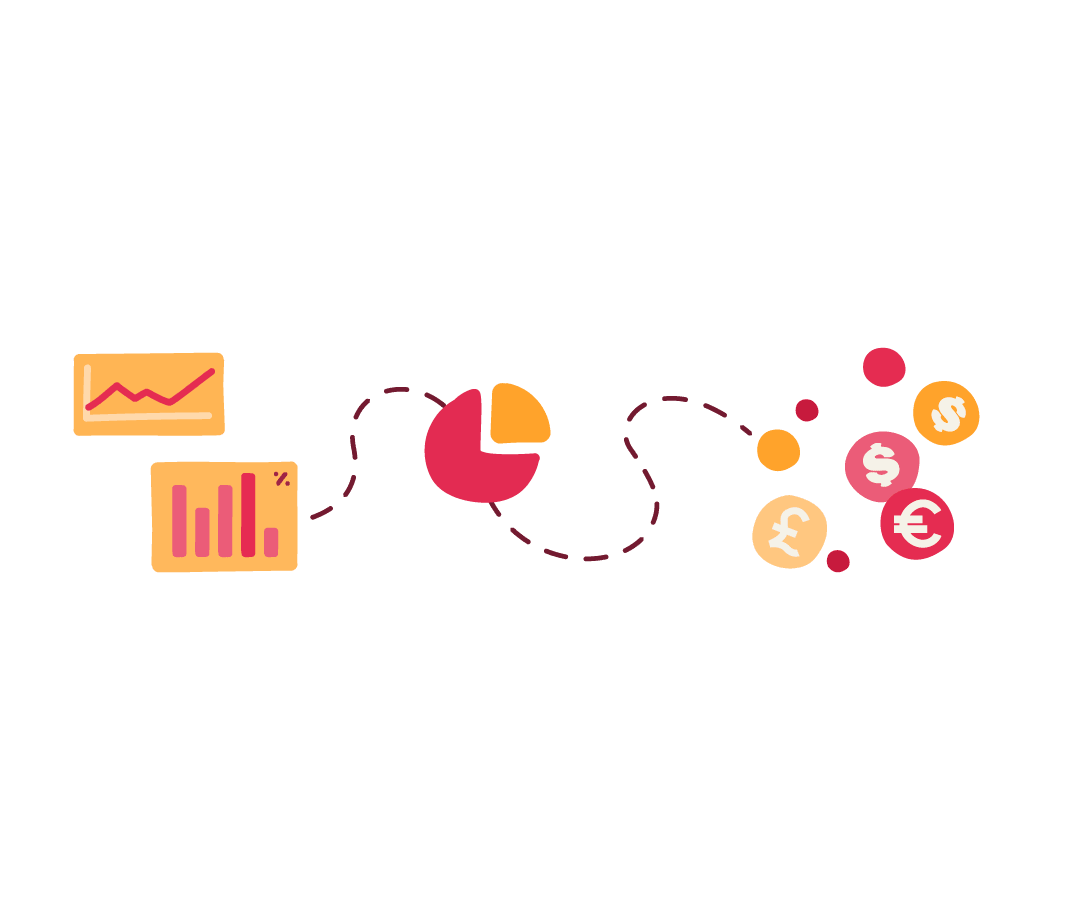
Systems also have an impact on the time required to run payroll. According to ADP’s 2021 Global Payroll Survey, 74 percent of organizations still run multiple systems across multiple geographies. In this case, it’s not only the multiple systems but also ensuring that calculations, deductions, and tax rates are all updated and accurate according to local laws.
To ensure accuracy, that level of manual work takes time. For example, payroll prep used to take Logz.io hours before integrating their payroll software with Bob. Now it takes them minutes.
Payroll productivity
The more steps required to run payroll, the greater its impact on productivity and efficiency. More than 25 percent of respondents to Deloitte’s survey said their payroll processes are mainly manual and that staff spends the most time on reconciliation, audits, controls, and data entry.
Payroll productivity also includes the number of off-cycle payments that a company must process outside regular payroll cycles. Globally, respondents to Deloitte’s survey averaged 0.23 off-cycle payments annually per employee.
As companies open offices overseas, they must keep productivity top of mind. Multi-national operations add complexity for companies. Global operations require different payroll regulations and norms. To maintain payroll productivity (and accuracy), it’s best to have a system that allows companies to use and integrate localized payroll systems.
Putting payroll metrics to use
If your HR organization is ready to enhance your partnership with payroll by establishing KPIs that you track and measure together, consider using these actions as a starting point:
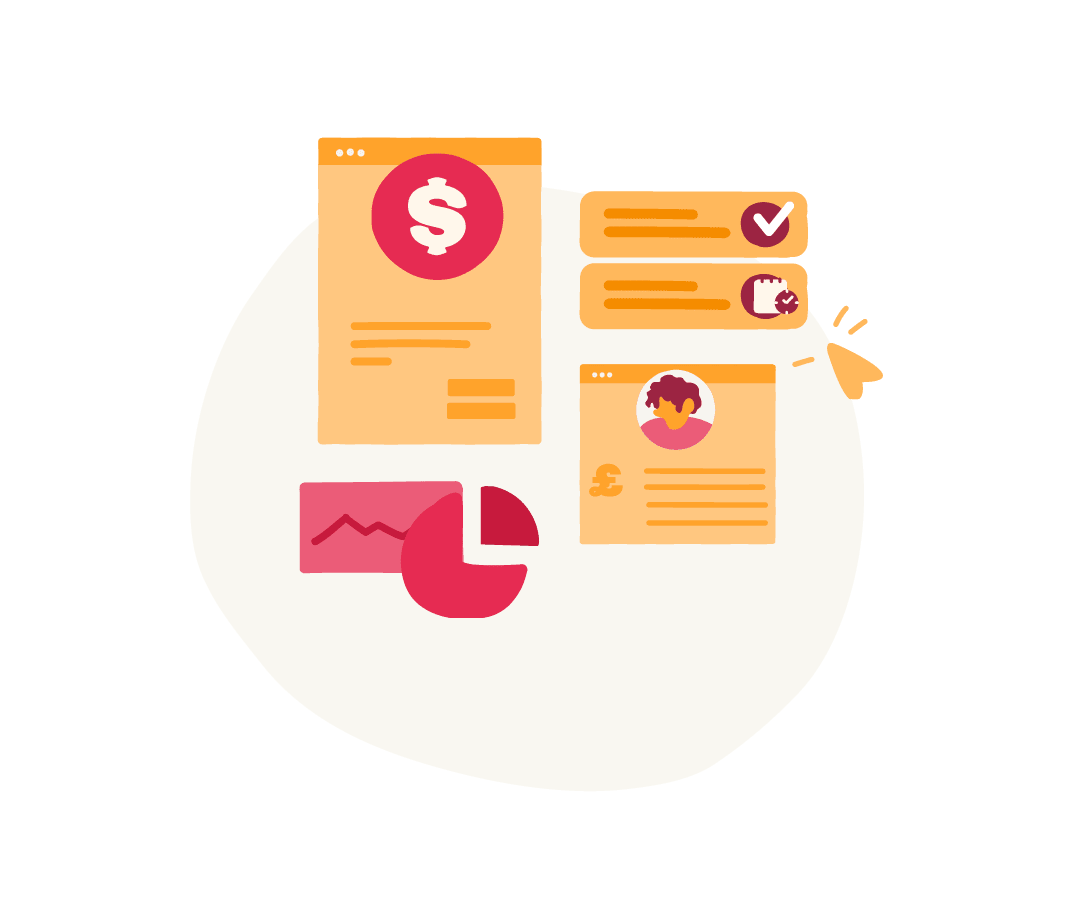
Enable data sharing between payroll and HR
It’s worth restating that systems need to be integrated for HR and payroll to align. As a first step to putting payroll metrics to use, you’ll need to evaluate if that’s possible within your existing systems or if it’s time to find a provider who can help you integrate your HRIS and payroll data. If you’re looking for an integrated solution, be sure to find an HRIS provider that offers integration with a variety of payroll software. Not only do you want something that will work for your organization today, you need to think about the potential for integration with other systems in the future.
Determine benchmarks and targets
Build payroll KPIs that ensure you’re on track. Start with accuracy, productivity, and time to run payroll. This data will provide what you need to optimize decisions for payroll, HR, and operational processes. As you continue to monitor the data, you may find other data points that will help you improve the overall employee experience in your organization as it relates to payroll.
Ensure buy-in from payroll and HR on these metrics
For a true partnership and one that benefits all stakeholders, you need to ensure HR and payroll are aligned on what you’re measuring. Furthermore, the measurement should be used for the greater good, not as a way to place blame or fault for errors. Your teams are more likely to adopt a data-driven approach if they know you’re using it solely to collaborate and improve.
Share quarterly updates
Don’t be shy about sharing these metrics through quarterly updates. Payroll and HR data are essential decision-making points for senior leaders. Help them stay informed so they can influence operational and organizational changes as needed.
Establishing metrics is a key part of standardizing your approach to HR and payroll. According to EY survey results, a third of organizations view very high or complete standardization as “a positive driving force, which can significantly impact payroll operations for the better.”
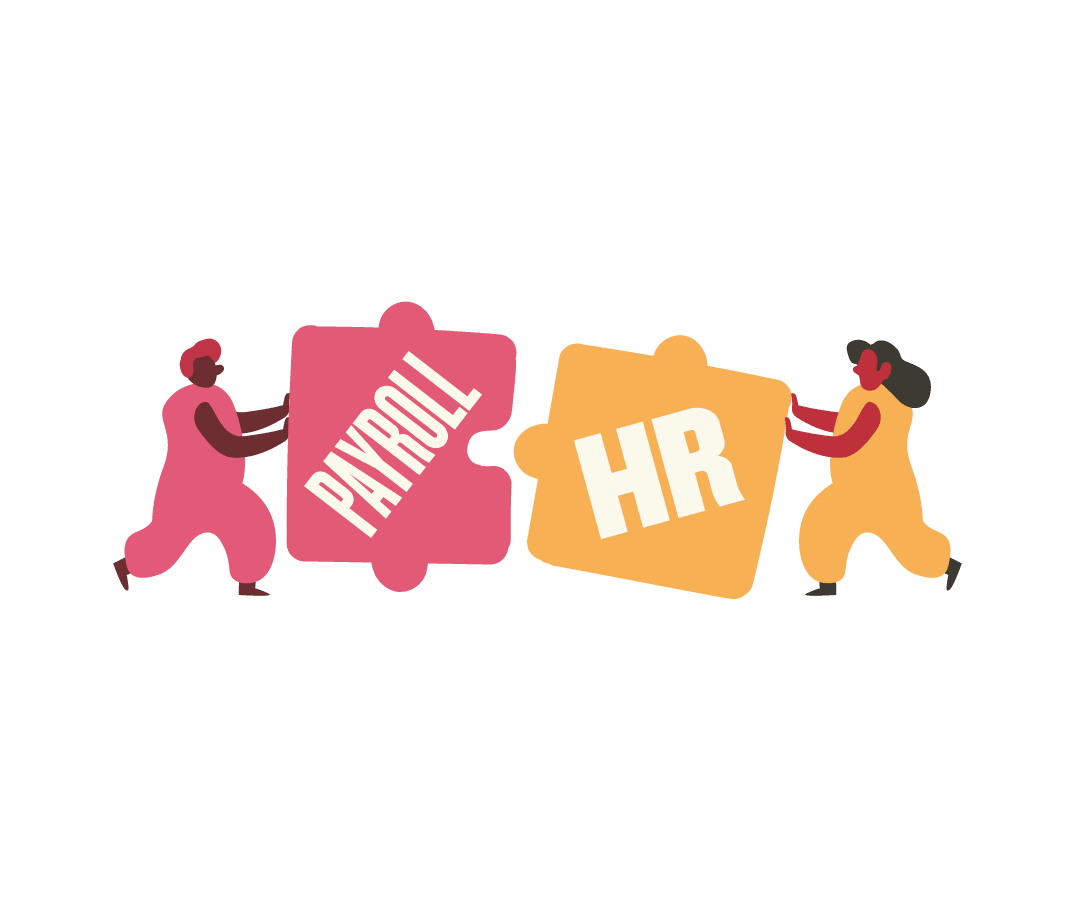
Recommended For Further Reading
Conclusion
For global organizations, payroll can quickly become a huge challenge. But that doesn’t have to be the case. When your HR tech and payroll software are integrated, your most updated people data is ready to benefit every function that requires access. Even when you’re operating worldwide, the integration of personal data, salaries, benefits, and rewards reduces the opportunity for errors and saves significant time with automatic data transfers. Process standardization within HR and payroll can only enhance how these groups function and how they create a strong foundation from which the business can operate.
An HR and payroll partnership built on agility and flexibility also prepares companies for the future. Instead of dealing with daily headaches related to pay, integration gives HR and payroll teams more time to focus on strategic issues. With an integrated and simplified approach, companies can reduce the risk of non-compliance, improve payroll productivity, and, most importantly, support a positive employee experience when it comes to pay.
Meet Bob
We know how important it is to provide managers and HR teams with what they need to make decisions about your people, especially in light of today’s modern workplace changes. That’s why we built Bob, an employee experience platform that provides valuable and personalized insights to grow your company’s relationships, productivity, and retention.
Bob harnesses the powerful combination of data and human factors to give HR professionals and managers access to the understanding they need to make better decisions. In a short time, Bob can be deployed to enable communication, collaboration, and connectivity that drives stronger engagement, productivity, and business outcomes.
For HR, it automates many common processes, allows greater oversight and visibility of the business, and centralizes all people data in a secure, user-friendly environment.
For managers, it provides access to data and insights to help them lead more effectively and streamline processes.
For employees, it’s the tools and information they need to connect, develop, and grow throughout their journey.
